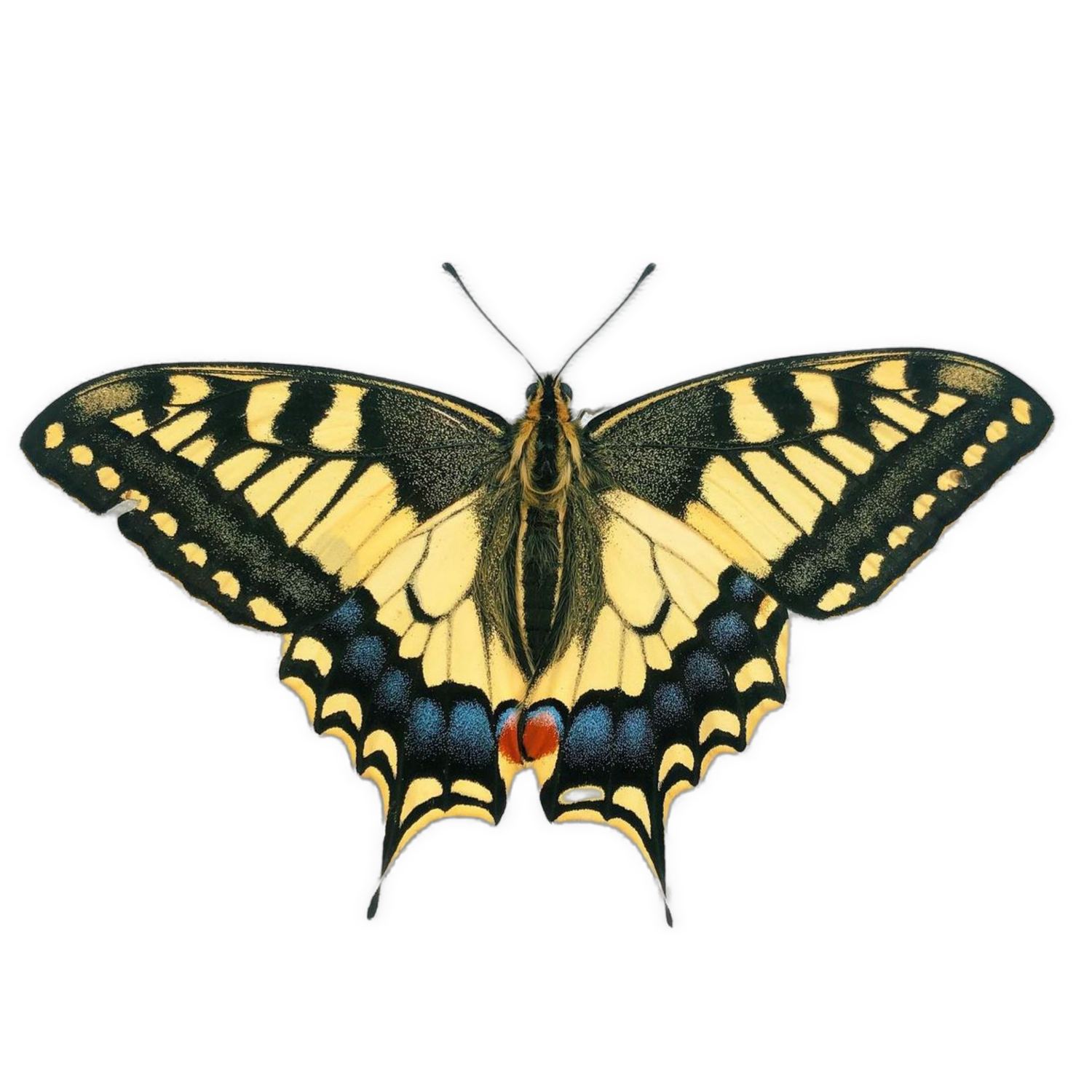Anthocharis cardamines EGGS
Orange-tips are one of the first signs of spring in the UK and much of northern Europe, they typically start to appear as the spring flowers open and can often be observed floating between flowers searching for nectar during April and May. The males are characterised by orange wing tips, giving the species its common name, while females are mostly white in colour and can easily be mistaken for a Cabbage White species - they lay bright orange eggs singularly on the flower stalks of its favoured host plants, including Garlic Mustard and Cuckooflower, common British wildflowers. Caterpillars are easy to care for and grow quickly, but are prone to cannibalising each other if food is in short supply, so it helps to keep larvae singularly on their own flower stem. Pupae are tiny and resemble a twig or thorn - the camoflague is incredible - and remain in this form for nearly a year until the following spring, when the butterfly emerges in response to lengthening days and warmer weather.
Host plants: Cuckooflower, Honesty, Dame’s Violet, Garlic Mustard and other mustards
Difficulty: Easy (3/10) but caterpillars can be cannibalistic!
Temperature: Room temp. or outside
Lifecycle: Single brood with pupae overwintering and butterflies emerging early in spring
Orange-tips are one of the first signs of spring in the UK and much of northern Europe, they typically start to appear as the spring flowers open and can often be observed floating between flowers searching for nectar during April and May. The males are characterised by orange wing tips, giving the species its common name, while females are mostly white in colour and can easily be mistaken for a Cabbage White species - they lay bright orange eggs singularly on the flower stalks of its favoured host plants, including Garlic Mustard and Cuckooflower, common British wildflowers. Caterpillars are easy to care for and grow quickly, but are prone to cannibalising each other if food is in short supply, so it helps to keep larvae singularly on their own flower stem. Pupae are tiny and resemble a twig or thorn - the camoflague is incredible - and remain in this form for nearly a year until the following spring, when the butterfly emerges in response to lengthening days and warmer weather.
Host plants: Cuckooflower, Honesty, Dame’s Violet, Garlic Mustard and other mustards
Difficulty: Easy (3/10) but caterpillars can be cannibalistic!
Temperature: Room temp. or outside
Lifecycle: Single brood with pupae overwintering and butterflies emerging early in spring
Orange-tips are one of the first signs of spring in the UK and much of northern Europe, they typically start to appear as the spring flowers open and can often be observed floating between flowers searching for nectar during April and May. The males are characterised by orange wing tips, giving the species its common name, while females are mostly white in colour and can easily be mistaken for a Cabbage White species - they lay bright orange eggs singularly on the flower stalks of its favoured host plants, including Garlic Mustard and Cuckooflower, common British wildflowers. Caterpillars are easy to care for and grow quickly, but are prone to cannibalising each other if food is in short supply, so it helps to keep larvae singularly on their own flower stem. Pupae are tiny and resemble a twig or thorn - the camoflague is incredible - and remain in this form for nearly a year until the following spring, when the butterfly emerges in response to lengthening days and warmer weather.
Host plants: Cuckooflower, Honesty, Dame’s Violet, Garlic Mustard and other mustards
Difficulty: Easy (3/10) but caterpillars can be cannibalistic!
Temperature: Room temp. or outside
Lifecycle: Single brood with pupae overwintering and butterflies emerging early in spring

